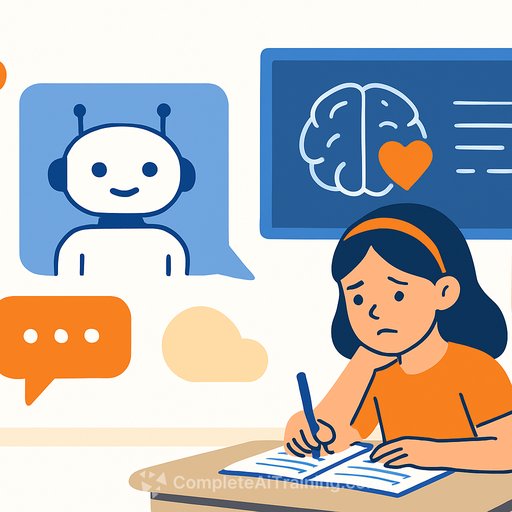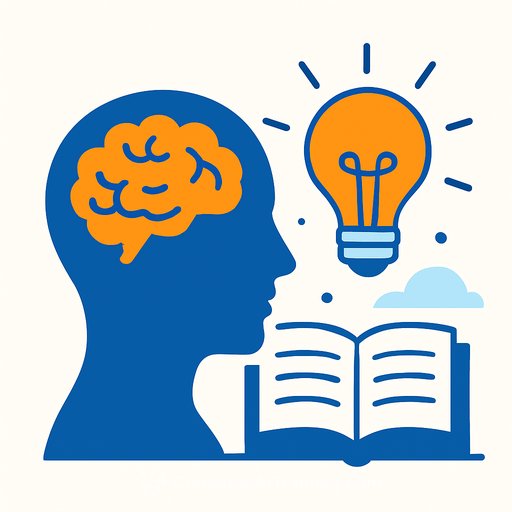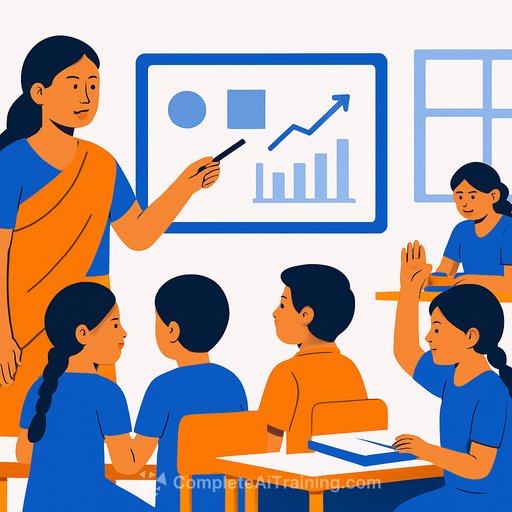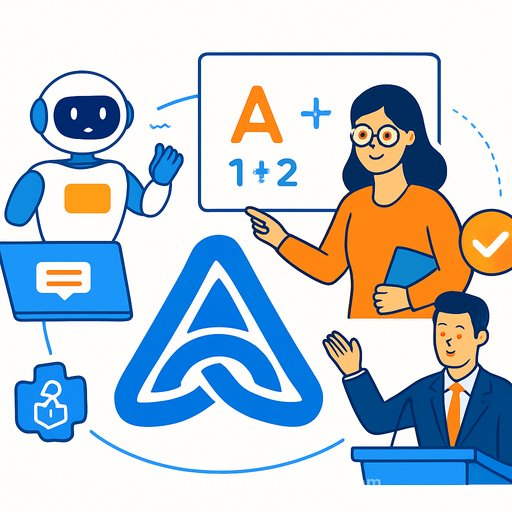Drawing the line: AI's effect on youth mental health and education
AI now sits in the same spaces where students learn, ask for help, and form identity. That scale matters. OpenAI reports 700 million weekly active users as of September 2025 - more than double the U.S. population.
That reach has consequences. News reports this summer raised tough questions after parents alleged a popular chatbot contributed to a teen's death by suicide. The core issue for schools: where to set boundaries so AI supports learning without undermining mental health, privacy, or core skills.
What clinicians are seeing
"We have increased evidence that AI tends to act in ways that are inconsistent with what a trained expert in the field would do," said Dr. Jennifer Blossom, associate professor of psychology at UMaine Orono and principal investigator for the Clinical Child and Adolescent Psychology Lab.
She explained that AI responds only to what it's given, without the context a professional uses to assess risk and build a plan. It also rushes to "problem solve," while a therapist prioritizes support and collaborative engagement.
"A therapist will validate the emotion, but not the behavior, because if the behavior is unhelpful or harmful, we don't want to reinforce that. AI cannot make that distinction," she said.
What this means for schools
Boothbay Region High School (BRHS) took a measured approach. The school committee approved guidelines that let teachers use generative AI to draft lesson plans, build teaching aids, or adjust reading levels. For students, AI can be a starting point - not a finisher - for brainstorming and idea development.
The guidelines are explicit: AI should enhance learning and support staff roles, not replace them. "We wanted to make sure that kids had some exposure to AI in a measured way, so that they would not be behind the times when they got to college," said Technology Integrator Stacey Gauthier. That includes teaching limits and pitfalls so students can evaluate AI output with a critical eye.
The cognitive cost of over-reliance
Blossom noted early data suggesting that relying on AI for problem-solving and brainstorming can erode a person's natural ability to do both. Educators feel that tension daily. "Teachers are pretty guarded about how much they want kids to lean on AI because they want them to develop good, solid skills on their own," Gauthier said.
Privacy, compliance, and tool selection
BRHS blocks ChatGPT on school devices and its network, and avoids tools owned by OpenAI. The reason is straightforward: most large language models are not compliant with federal student data privacy rules tied to funding.
The district participates in the Education Cooperative's Student Data Privacy Alliance, which crowdsources legal review of vendor terms so schools can avoid products that collect or sell student data. Learn more about the alliance's work here: Student Data Privacy Consortium.
AI and social connection
AI is highly interactive and engaging by design, which is new compared with past tech shifts. Some students are building platonic or romantic ties with chatbots. One recent report noted that 83% of Gen Z say they can form a deep emotional bond with AI, according to Forbes. Another study by an AI chatbot company found many would even consider marriage with AI.
Blossom's take is empathetic: if a student turns to AI for relationship needs, it signals a gap. Meeting that with compassion and support - not dismissal - is the way forward. It's also worth remembering that recurring engagement benefits AI companies through more data and stickier products.
Rebuilding in-person habits
BRHS doubled down on real-world connection with a no-phones policy for 2025-2026. Students lock devices in Yondr pouches in the morning and get them back at day's end. Principal Tricia Campbell said the rollout was smoother than expected, with more conversations in hallways and lunchrooms.
She's seeing spillover after school hours too. "I think this was one of our most successful homecoming weeks in years. (The kids') positive energy, their collaboration, their support of one another, and just general celebration, class to class has been just really inspiring to me," Campbell said.
Practical guardrails schools can implement now
- Set a clear purpose for AI: where it helps (drafting, differentiation, accessibility) and where it's off-limits (grading final work, mental health guidance, discipline decisions).
- Adopt a vetting process: use privacy-compliant, district-approved tools; document vendor data practices and default settings.
- Keep a human in the loop: require teacher review of AI outputs; prohibit unsupervised AI use for sensitive topics.
- Teach AI literacy: bias, hallucinations, citations, prompt context, and how to critique AI like any other source.
- Protect core skills: make AI a "first draft" or "sparring partner," then require original analysis, evidence, and revisions without AI.
- Create visible cues: label AI-assisted work; keep prompt logs for transparency and reflection.
- Build social time into the day: device-light periods, discussion-based learning, and structured collaboration.
- Pair AI use with SEL: reinforce help-seeking norms; make it clear AI is not a counselor and share pathways to human support.
- Engage families: explain your AI policy, opt-ins, and how privacy is protected; encourage consistent tech boundaries at home.
- Invest in staff development: short training on prompt design, classroom use cases, and safety/privacy red lines.
Partnering with parents
Regulation will take time. In the meantime, parents can monitor online activity, keep open conversations, and model healthy tech use. Invite them into the process - co-create norms, share what's working, and listen for blind spots.
Where to skill up
If your team needs structured training, explore role-based options here: Complete AI Training - Courses by Job. Focus on classroom scenarios, student privacy, and assessment integrity.
Bottom line
AI can save time and expand access, but it isn't a therapist, a teacher, or a friend. Schools that set clear guardrails, protect privacy, and prioritize human connection will get the benefits without trading away what matters most for students.
Your membership also unlocks:





